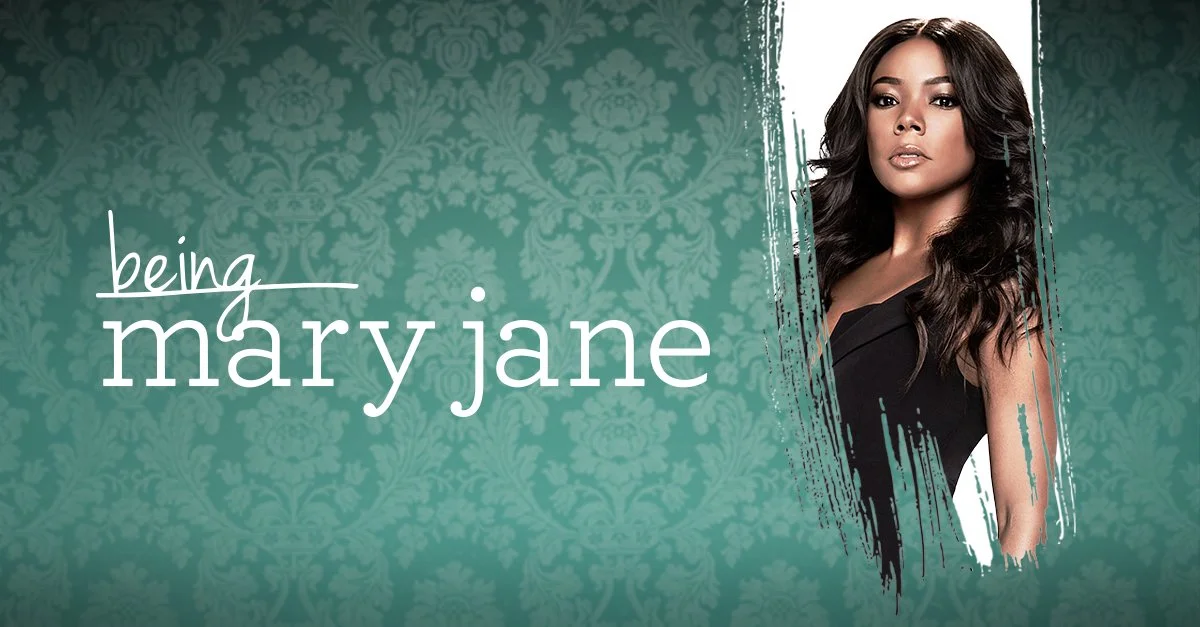How To Write More Like Mara Brock Akil
Are you captivated by the rich storytelling and compelling characters found in television shows like "Girlfriends," "The Game," and "Being Mary Jane"? Do you aspire to weave narratives that resonate with audiences and delve into the complexities of human experiences? If so, it's time to embark on a journey to write more like the prolific creator herself: Mara Brock Akil.
Mara Brock Akil is a visionary television writer and producer, renowned for her ability to craft authentic stories centered around the lives of African-American characters. Through her work, she has shattered stereotypes, elevated representation, and pushed the boundaries of storytelling. Now, it's your turn to channel her expertise and create narratives that leave a lasting impact.
Immerse Yourself in Mara Brock Akil's Work
To write like Mara Brock Akil, it's crucial to study her body of work. Dive into the television shows that have left an indelible mark on the industry. Explore the dynamic friendships of "Girlfriends," the multi-layered relationships of "The Game," and the introspective journey of "Being Mary Jane." Analyze her characters, dialogue, and thematic depth to truly understand the magic she infuses into her storytelling.
Embrace the Power of Authentic Dialogue
One of Mara Brock Akil's trademarks is her ability to create dialogue that feels genuine and relatable. Practice capturing the essence of your characters' voices, infusing their conversations with wit, humor, and emotional resonance. Pay attention to the cadence, colloquialisms, and cultural references that reflect the world your characters inhabit.
Example: In "Girlfriends," the dialogue captures the natural rhythm and banter of real-life friendships. For instance, Joan's quick-witted and sharp comebacks, along with the playful exchanges between the friends, create engaging and relatable dialogue that reflects their unique personalities.
Explore Nuanced Themes and Social Issues
Mara Brock Akil fearlessly tackles important social and cultural topics within her narratives. To write like her, dig deep into the themes that matter to you and your target audience. Whether it's race, gender, identity, or relationships, approach these subjects with nuance and thoughtfulness. Challenge your characters, and in turn, challenge your readers or viewers to engage in meaningful conversations.
Craft Multidimensional Characters
Mara Brock Akil's characters are the heart and soul of her storytelling. Develop complex, multidimensional characters who reflect the diverse tapestry of humanity. Give them flaws, strengths, and personal journeys that evoke empathy and resonate with your audience. Explore their relationships, dreams, and internal conflicts, ensuring that each character adds depth and purpose to your narrative.
Original Cast of ‘The Game’
Example: In "The Game," Akil creates a diverse ensemble of characters, each with their own distinct personalities, ambitions, and storylines. For instance, Melanie's determination to become a doctor while navigating the complexities of her relationship with Derwin showcases a multidimensional character arc.
Balance Drama and Comedy
Mara Brock Akil seamlessly blends drama and comedy, infusing her stories with levity without sacrificing emotional depth. Master the art of combining poignant moments with humor, allowing your audience to laugh and cry alongside your characters. Find the delicate balance that keeps your story engaging and relatable.
Example: "The Game" strikes a balance between drama and humor, showcasing the ups and downs of the characters' lives while incorporating comedic moments. The witty banter and comedic relief from characters like Tasha Mack and Malik add levity to the overall storyline.
Embrace the Three-Act Structure
Discover the power of the three-act structure, a foundation for effective storytelling. Study the way Mara Brock Akil crafts her narratives, establishing setups, escalating conflicts, and delivering satisfying resolutions. While understanding this structure is vital, feel free to experiment and adapt it to suit your unique voice and story.
Let's look at "Being Mary Jane" as an example to illustrate how Mara Brock Akil utilizes the three-act structure in her storytelling:
Act 1: Setup
Introduction: The show introduces Mary Jane Paul, a successful news anchor with a complicated personal life. We learn about her drive for career success, her desire for love and stability, and the challenges she faces as a professional woman of color.
Inciting Incident: Mary Jane's ex-boyfriend, Andre, re-enters her life, revealing that he is married. This revelation disrupts Mary Jane's emotional stability and triggers a series of events that impact her relationships and choices.
Act 2: Confrontation and Development
Rising Action: Mary Jane navigates the complications of her on-and-off relationship with Andre, her strained relationships with her family, and her professional ambitions. Conflicts arise as she struggles to balance her personal and professional life.
Character Arcs and Complications: Mary Jane's journey includes exploring her own self-worth, addressing deep-seated insecurities, and confronting the societal expectations placed upon her. She engages in complex relationships with other characters, such as her best friend, Kara, and her on-again-off-again love interest, David.
Act 3: Resolution and Conclusion
Climax: Mary Jane reaches a breaking point when her relationships and personal choices collide. She confronts the consequences of her actions and must make critical decisions that will shape her future.
Falling Action and Resolution: Mary Jane undergoes a process of self-reflection and growth, working through her personal and professional challenges. The season concludes with resolutions to major storylines, offering closure to key conflicts while leaving room for further character development and future seasons.
Being Mary Jane
Being Mary Jane Ep 101 - Pilot - DOWNLOAD
Throughout "Being Mary Jane," Mara Brock Akil weaves together multiple storylines, subplots, and character arcs within the overall three-act structure. She creates engaging conflicts and challenges for the protagonist, allowing Mary Jane's personal journey and the themes of the show to unfold gradually and reach their peak before finding resolution.
Keep in mind the specific examples provided here are solely for illustrative purposes and do not encompass the entirety of the show's storyline or character development. The three-act structure serves as a framework for understanding the overall narrative progression within "Being Mary Jane" as well as other shows created by Mara Brock Akil.
Write Consistently and Seek Feedback
Writing is a craft that requires constant practice. Dedicate regular time to honing your skills, pushing the boundaries of your creativity. Share your work with trusted peers, mentors, or writing communities, embracing constructive feedback to refine your storytelling abilities further
Embrace Diversity and Representation
Mara Brock Akil is celebrated for her commitment to diverse storytelling and authentic representation. Follow in her footsteps by embracing the richness of different cultures, backgrounds, and perspectives in your writing. Create characters that defy stereotypes and challenge preconceived notions, ensuring that your narratives reflect the true diversity of the world we live in.
Infuse Your Personal Voice
While learning from Mara Brock Akil's style, remember to infuse your personal voice into your writing. Develop your unique perspective, storytelling techniques, and narrative choices. Allow your own experiences, passions, and creative instincts to shine through, creating a distinct signature that sets your work apart.
Never Stop Learning and Growing
Becoming a masterful storyteller like Mara Brock Akil is a lifelong journey. Stay hungry for knowledge and continuously seek opportunities to learn and grow as a writer. Read widely, watch diverse content, attend workshops or writing seminars, and explore other storytelling mediums. Be open to new ideas and perspectives, allowing them to enrich your craft.
While it's valuable to study and learn from Mara Brock Akil's writing style, remember to cultivate your own unique voice. Use the knowledge and techniques you've gathered to develop your personal style and bring your own perspective to your writing.
Remember, writing is a continuous learning process, so be patient, persistent, and open to growth. By following these steps and honing your craft, you'll be on your way to developing a writing style inspired by Mara Brock Akil while adding your own creative flair.





